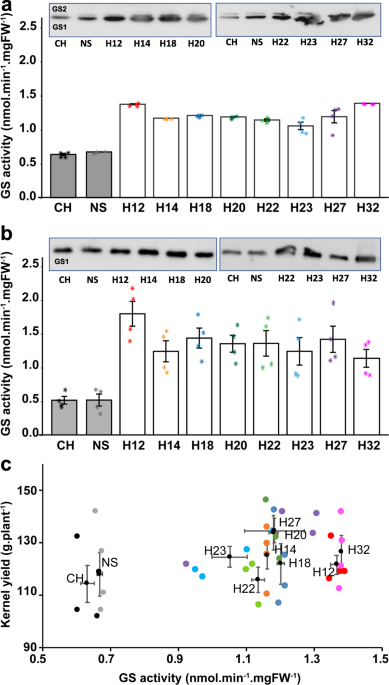

From previous work it appears that resistance to D.

albus genotypes with genetic resistance in stems, leaves and pods ( Cowley et al. albus was collected from the 2004 outbreak and has been used to identify L. toxica (isolate DAR80114) capable of invading all plant parts of L. This study was prompted by an outbreak of Phomopsis blight on a crop of Kiev-Mutant in southern New South Wales (NSW, Australia) in 2004, which resulted in the death of animals that grazed on crop residues ( Cowley et al. albus have been reported in South Africa ( Jaarsveld and Knox-Davies 1974) and Poland ( Kochman and Kubicka 1974). toxica over a long period ( Wood and Allen 1980, Sweetingham et al. These varieties have had adequate resistance to D. albus cultivation has been based on the Kiev-Mutant and Ultra varieties since the late 1970s ( Gladstones 1976). Other Phomopsis species that infect soybean also produce similar toxins ( Balducchi and McGee 1987).

It results from the consumption of toxic metabolites produced by the fungus ( Peterson et al. Lupinosis is a degenerative disorder that causes acute liver damage, brain damage and death ( Allen et al. albus, Phomopsis infection is often not detected until animals exhibit symptoms of lupinosis after grazing on infected stubble and fallen seed after harvest ( Cowley et al. 2009), and Phomopsis blights caused by Diaporthe toxica ( Cowley et al. 2008), Pleiochaeta root rot ( Pleiochaeta setosa, Luckett et al. albus, including anthracnose ( Colletotrichum lupini, Thomas et al.

There are several important yield-limiting fungal diseases of L. 2002), although allergies have been reported ( Quaresma et al. It has potential for increased inclusion in the human diet ( Erbas et al. 2006) and is primarily used as stock feed for sheep and cattle ( Hill 2006, May et al. is grown as a protein crop in numerous Mediterranean-type climatic regions ( Baer 2006, Luckett et al. The results of this study showed that the QTL-2 on LG3 interacts epistatically with QTL-5 and QTL-6, which map on LG10 and LG12, respectively. However, at least one QTL, QTL-5 on LG10 was consistently detected in both phenotyping environments and accounted for up to 28.2% of the total phenotypic variance. In total, we identified eight QTLs for resistance to PPB on linkage group (LG) 3, LG6, LG10, LG12, LG17 and LG27 from different phenotyping environments. Phenotyping was undertaken using a detached pod assay. albus constructed previously from an F 8 recombinant inbred line population derived from a cross between Kiev-Mutant (susceptible to PPB) and P27174 (resistant to PPB). In this study, quantitative trait locus (QTL) analysis identified genomic regions associated with resistance to Phomopsis pod blight (PPB) using a linkage map of L. However, loci associated with resistance to Phomopsis blight have not yet been identified. Identifying sources of resistance and breeding for resistance remains the best strategy for controlling Phomopsis and reducing lupinosis risks. It can invade all plant parts, leading to plant material becoming toxic to grazing animals, and potentially resulting in lupinosis. Phomopsis blight in Lupinus albus is caused by a fungal pathogen, Diaporthe toxica. Graham Centre for Agricultural Innovation (an alliance between NSW Department of Primary Industries and Charles Sturt University), School of Agricultural & Wine Sciences, Charles Sturt UniversityĪustralian Centre for Necrotrophic Fungal Pathogens, Curtin University Graham Centre for Agricultural Innovation (an alliance between NSW Department of Primary Industries and Charles Sturt University) R-release (arm64): wgaim_2.0-1.tgz, r-release (x86_64): wgaim_2.0-1.tgz, r-oldrel: wgaim_2.0-1.Graham Centre for Agricultural Innovation (an alliance between NSW Department of Primary Industries and Charles Sturt University) Present address: DuPont Pioneer, Pioneer HiBred Australia "A Quick Introduction to wgaim QTL Analysis" Wgaim: Whole Genome Average Interval Mapping for QTL Detection andĪ computationally efficient whole genome approach to detecting and estimating significant QTL in linkage maps using the flexible linear mixed modelling functionality of ASReml-R.


 0 kommentar(er)
0 kommentar(er)
